
Colorful Peppers

In flower markets and stores, you can now find a unique gem: edible ornamental peppers, often referred to as "colorful peppers."
These peppers come in seven vibrant colors, including the familiar red, orange, yellow, and even purple. Their diverse shapes and stunning array of hues make them a captivating addition to any space.
Colorful peppers typically grow as small plants adorned with bright green leaves. While these peppers are entirely edible, many people choose to showcase them on their balconies as ornamental pieces, appreciating their visual appeal.
These peppers can be transformed into pickled delights; however, their flavor can be quite pungent. Those who aren't fans of spicy food should approach with caution.
Related
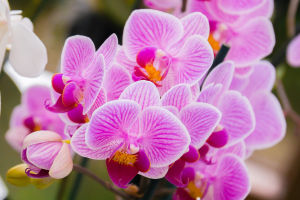 Discover the enchanting world of orchids, from their diverse classification to cultivation secrets, and global cultural symbolism.
Discover the enchanting world of orchids, from their diverse classification to cultivation secrets, and global cultural symbolism.
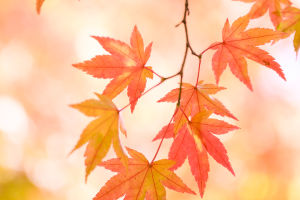 The Maple Leaf: Canada's Enduring Cultural Icon and Economic Boon.
The Maple Leaf: Canada's Enduring Cultural Icon and Economic Boon.
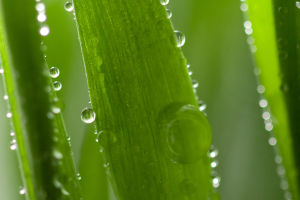 Green is the background color of nature, plants are the soul of nature, and life is the miracle of nature.
Green is the background color of nature, plants are the soul of nature, and life is the miracle of nature.
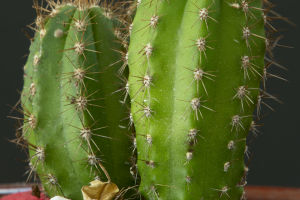 Cacti: Desert Survivors and More.
Cacti: Desert Survivors and More.
 Caring for cacti is relatively easy, but it still requires some skillful maintenance.
Caring for cacti is relatively easy, but it still requires some skillful maintenance.
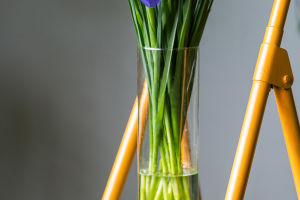 Irises: Diverse, beautiful plants cultivated globally for their unique blooms and used in gardens, bouquets, and herbal medicine.
Irises: Diverse, beautiful plants cultivated globally for their unique blooms and used in gardens, bouquets, and herbal medicine.
To thrive as perennials, colorful peppers require a warm and humid environment year-round. If winter brings frost or temperatures dip below 4 degrees Celsius, they can only be kept as annuals.
Originating in tropical and subtropical regions of the Americas, colorful peppers thrive in temperatures between 20 and 28 degrees Celsius. Nighttime temperatures can drop to around 13 to 18 degrees Celsius. To ensure healthy growth, maintain a minimum temperature above 13 degrees Celsius; temperatures below 5 degrees Celsius put them at risk of frostbite.

For those fortunate enough to provide a warm winter environment, these peppers can remain in the same pots year-round, maintaining their ornamental charm throughout the seasons. Changing pots is unnecessary, and pruning should be minimal, particularly during the flowering period to prevent flower drop.
When transplanting colorful peppers, choose a peat soil mix (or coir), with coarse coir and perlite in a 5:3:2 ratio. Adding well-rotted sheep manure or vermicompost to the soil's base, along with a suitable slow-release fertilizer, enhances their growth potential.
After potting, place your colorful peppers in a shaded, well-ventilated area for approximately three days. Gradually introduce them to direct sunlight, ideally receiving at least 6 to 8 hours daily, to promote robust growth. Placed in sunny locations, potted colorful peppers require regular watering, especially when the soil dries quickly due to insufficient moisture. Maintain soil moisture to avert wilting and sunburn.
Keep in mind that colorful peppers thrive in a humid environment. Aim to maintain humidity levels above 50% to encourage healthy leaf growth and prevent issues like leaf drop or red spider mite infestations. Regularly misting the surroundings can help increase humidity, but avoid leaving water droplets on the foliage for prolonged periods.
When it comes to maintaining potted colorful peppers, the most critical aspect is diligent fertilizer application during the growing season. During flowering and fruiting, these plants lose a significant amount of nutrients.
Neglecting timely fertilizer supplementation can result in diminishing blooms and fruit production. The most important nutrients for potted colorful peppers are phosphorus and potassium. You can use potassium dihydrogen phosphate or similar fertilizers with higher phosphorus and potassium content, such as various flower-promoting fertilizers.
As long as the temperature remains within the range of 18 to 28 degrees Celsius, you can provide water-soluble fertilizer every one to two weeks. The root system of potted colorful peppers tends to be relatively shallow. While growing them in pots can meet their growth needs, it's essential to regularly repot them. Otherwise, their root system can become overcrowded, hindering fertilizer absorption and leading to poor branch and leaf growth.
Potted colorful peppers have high water requirements. If you're not particularly keen on watering your plants regularly, colorful peppers may not be the best choice for you. After the flowering and fruiting phases, colorful peppers benefit from proper pruning. Trimming off excessive branches while retaining the main trunk and robust lower branches rejuvenates the plant. Following pruning, provide additional fertilizer to stimulate new growth.
If you wish to propagate colorful peppers, consider stem insertion propagation. Select some top shoots, keeping two healthy leaves, and trim the branches to approximately 12-15 cm in length. Remove any excess leaves and fruits, then insert the trimmed branches into sandy soil.
A mixture of peat soil, perlite, and vermiculite in a 2:1:1 ratio is suitable for this purpose. After planting the branches, thoroughly water them once, cover them with plastic film, and provide gentle daily light exposure. In approximately 2 to 3 weeks, they will gradually develop roots and begin to germinate.
Lastly, a word of caution: those tiny, colorful peppers may look tempting, but they pack a fiery punch. Approach their consumption with care, as their spiciness can take you by surprise.